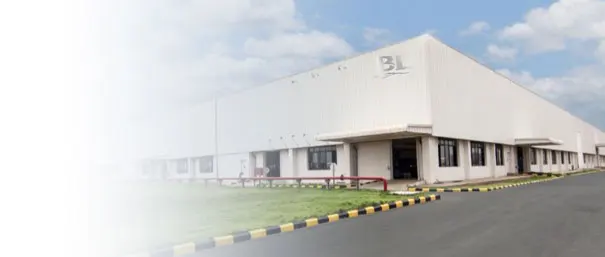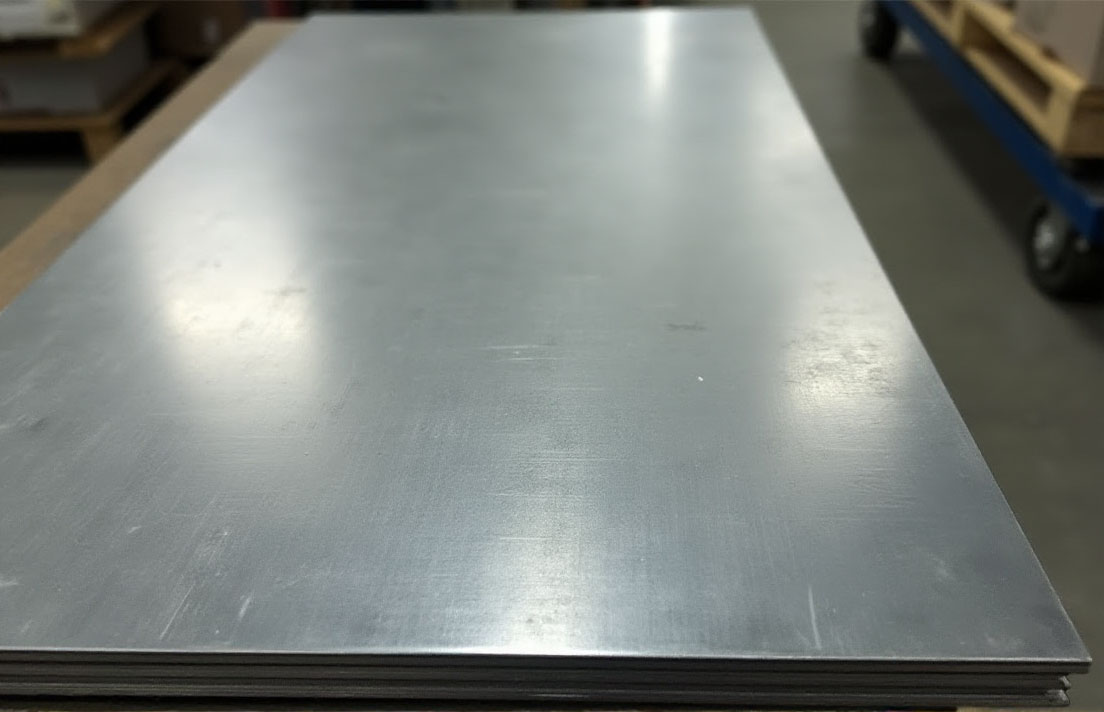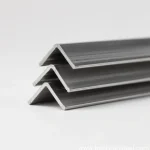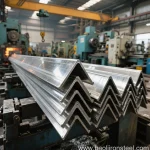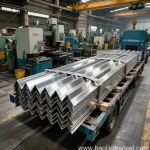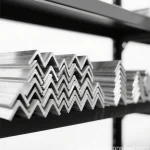Stainless steel is widely praised for its exceptional resistance to corrosion, which is one of its primary advantages over other metals. However, the question remains: does stainless steel rust? To answer this, it’s essential to understand the composition of stainless steel, the conditions under which it may corrode, and how to maintain its integrity.
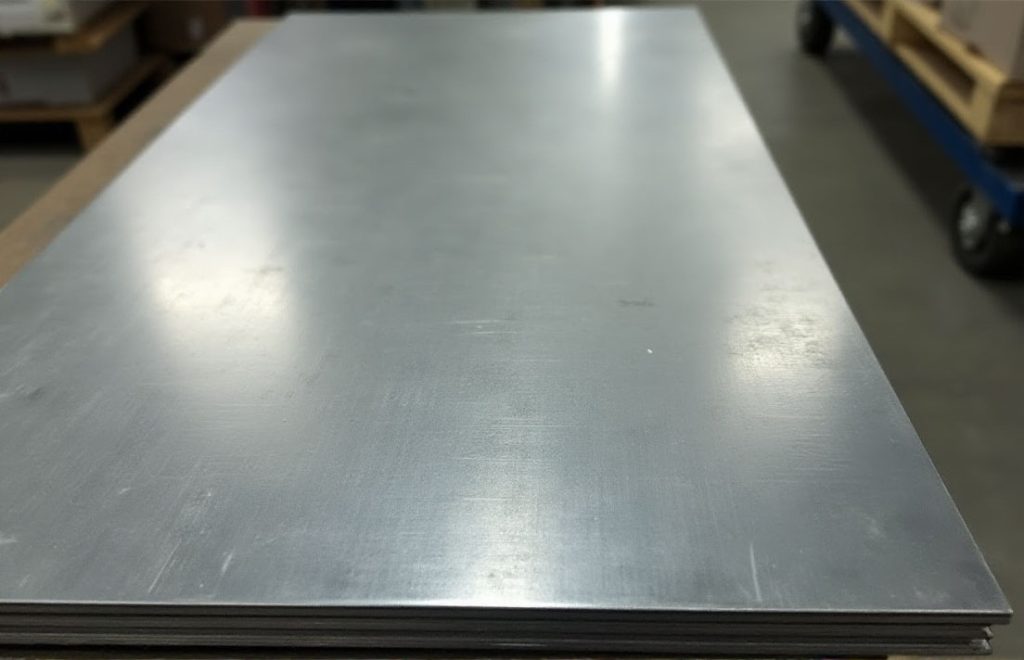
Understanding Stainless Steel
Stainless steel is an alloy primarily made of iron, with a minimum of 10.5% chromium content. The addition of chromium is crucial because it forms a thin, protective layer of chromium oxide on the surface of the steel when exposed to oxygen. This layer acts as a barrier that prevents moisture and other corrosive elements from penetrating the metal underneath.
Types of Stainless Steel
There are various grades of stainless steel, each with different properties:
- Austenitic Stainless Steel: This is the most common type, known for its excellent corrosion resistance and formability. It includes grades such as 304 and 316.
- Ferritic Stainless Steel: These grades, like 430, have lower corrosion resistance but are more affordable and magnetic.
- Martensitic Stainless Steel: Known for its high strength and hardness, this type is less resistant to corrosion compared to austenitic grades.
Conditions That Lead to Rusting
While stainless steel is resistant to rust, it is not entirely immune. Under certain conditions, it can corrode or “rust.” Here are some factors that can contribute to this:
- Chloride Exposure: Environments with high levels of chlorides, such as coastal areas or swimming pools, can lead to pitting corrosion. This is particularly problematic for grades like 304, which is less resistant to chlorides than 316.
- Poor Maintenance: Accumulation of dirt, salt, and other contaminants can prevent the protective oxide layer from forming properly. If the surface is not cleaned regularly, corrosion may occur.
- Mechanical Damage: Scratches or dents can disrupt the protective layer, exposing the underlying steel to moisture and oxygen, leading to rust formation.
- High Temperatures: Elevated temperatures can accelerate oxidation processes, leading to corrosion, especially in high-stress environments.
- Long-Term Exposure: Prolonged contact with moisture, especially in stagnant water, can lead to corrosion over time, particularly in areas where the protective layer has been compromised.
Signs of Corrosion
To identify if stainless steel is rusting, look for the following signs:
- Discoloration: Areas that appear brown or reddish may indicate corrosion.
- Pitting: Small pits or holes in the surface can signify more severe corrosion.
- Flaking: If the surface begins to flake or peel, it may be a result of corrosion.
Preventing Rust on Stainless Steel
To maintain the integrity of stainless steel and prevent rust, consider the following maintenance tips:
- Regular Cleaning: Clean stainless steel surfaces with mild soap and water to remove dirt and contaminants. For tougher stains, use specialized stainless steel cleaners.
- Avoid Chloride Exposure: If possible, limit exposure to chloride environments. If unavoidable, opt for marine-grade stainless steel (e.g., 316) for better resistance.
- Use Protective Coatings: Applying a protective coating or sealant can help protect the surface from environmental factors.
- Inspect Regularly: Regularly inspect stainless steel items for signs of corrosion and address any issues promptly.
- Proper Installation: Ensure that stainless steel fixtures are installed correctly to avoid moisture accumulation in joints and seams.
Conclusion
In conclusion, while stainless steel is highly resistant to rust and corrosion, it is not entirely impervious. Understanding the conditions that can lead to rusting and taking preventative measures can significantly enhance the longevity and appearance of stainless steel products. By maintaining cleanliness and being mindful of environmental factors, you can ensure that your stainless steel items remain corrosion-free and functional for years to come.


